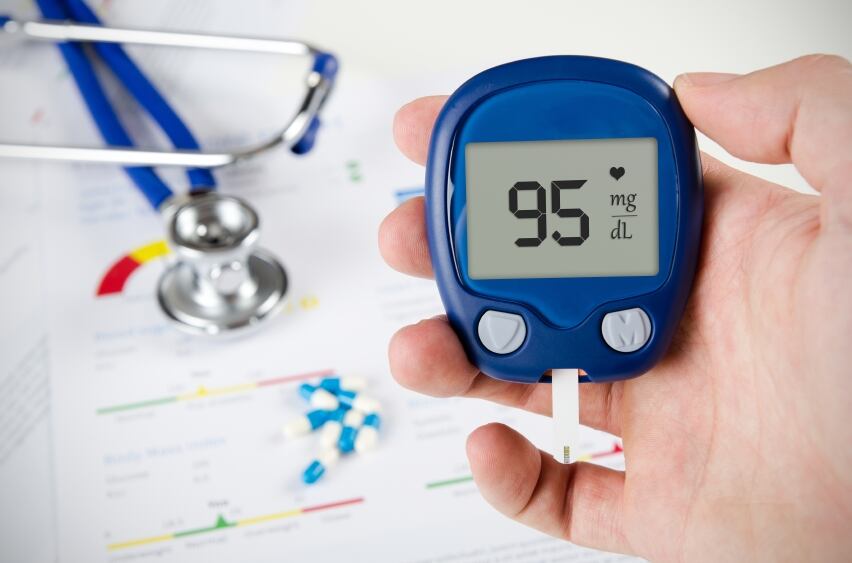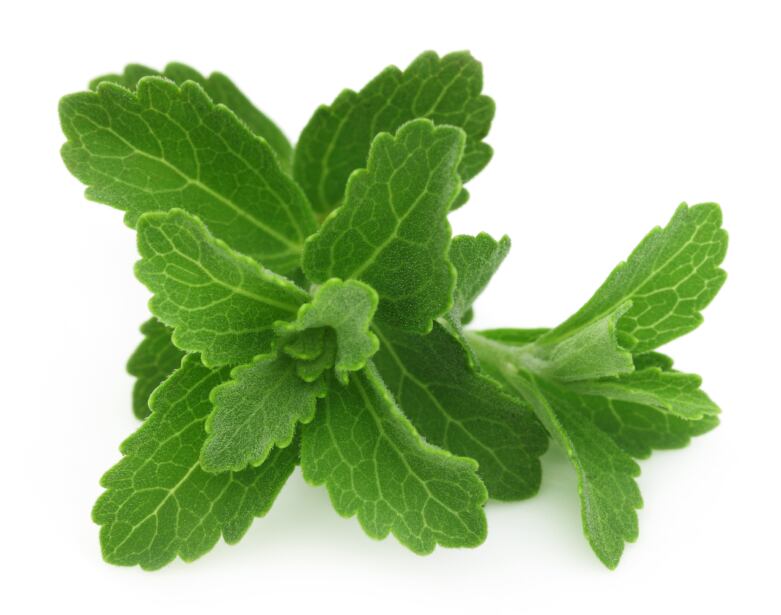The findings spell good news for those who suffer impairment in blood sugar management such as those with (T2D) due to its method of energy delivery.
It’s metabolic profile and lower sweetness index means it is also suitable for meal replacement applications, low glycaemic powder-based soups, and liquid and solid supplements in sports nutrition.
Excessive sugar intake is associated with higher risk of insulin resistance and T2D.
Previous methods to acheive a low glycaemic response to sweet tasting food involved substituting highly available carbohydrates with non-available carbohydrates like polyols or fibres.
The study—performed by scientists from the German Institute of Human Nutrition—found that Palatinose reduced insulin secretion by 55% and lowered blood glucose fluctuations by 20% in people with T2D.
In addition, the release of the hormones Gastric Inhibitory Polypeptide (GIP) and Glucagon-like peptide-1 (GLP-1) in response to Palatinose suggested that its molecular bond and related slow release properties was playing a superior role when compared to sucrose.
GIP release was found to be 40% less vs sucrose, while GLP-1 secretion was noted as higher and more sustained overall with a 6.3 fold higher release vs sucrose.
“As glucose and fructose are known to be completely resorbed, the differences in intestinal hormone responses must explain the much more favourable metabolic profile after Palatinose intake,” the researchers explain.
“Thus, Palatinose possesses a favourable profile for diabetes nutrition by lowering GIP levels, increasing GLP-1 concentrations, and saving insulin secretion, which ultimately results in better management of blood glucose in T2D.”
Study details

The randomized, double-blind cross-over design, enrolled 2 T2D women and 8 T2D men, with an average age of 61 years, and a BMI of 32.1.
After an overnight fast, they were asked to consume either 50g of Palatinose or sucrose dissolved in dissolved in 300 mL of tap water.
“As a result of its slower digestion, Palatinose’s mechanism of action bypasses the K-cells in the upper intestine (which produce GIP) and reaches GLP-1 producing L-cells in the lower intestine,” the study commented.
“These incretin hormones play an important role in blood glucose regulation, insulin release and related long-term effects in development of insulin resistance and type 2 diabetes.”
Previous studies with Palatinose have shown its complete digestion and absorption in the small intestine as well as improved glucose homeostasis and fatty liver prevention compared with sucrose.
Palatinose intake has also been shown to reduce post meal GIP and insulin release in mice.
Top sugar substitute?

Anke Sentko, vice president of Regulatory Affairs and Nutrition Communication at Beneo, commented that these latest results provide more evidence that palatinose’s metabolic makeup was fully able to support flavours when combined with other sugars.
“Combination with intense sweeteners is possible as well according to national law,” she said. “It is also very much suited for applications that do not look for the sharp, sweet taste of sucrose.”
“Palatinose is replacing sugar in a 1:1 ratio or spoon by spoon contrary to high intense sweeteners like stevia that just provide an intensive sweet taste but no volume and texture.”
“At 4 kcal/g, Palatinose can also replace sugars and other highly glycaemic carbohydrates like maltodextrin in food applications.”
Sentko believed its properties in powder applications made palatinose a good candidate for inclusion into sports supplements.
“For those looking for prolonged energy delivery, like in the case of sports people, this nutrition concept that involves non-available carbohydrates does not work because athletes are looking for essential energy (i.e. glucose) and therefore are more trusting in available carbohydrates as an energy source.”
“With Palatinose, for the first time, it is possible to drink or eat a sugar that is fully available and at the same time slowly enters the body, resulting in a low, balanced and prolonged glucose and energy delivery profile.”
Source: Diabetes Care
Published online ahead of print, doi.org/10.2337/dc15-1891
“Effects of Palatinose and Sucrose Intake on Glucose Metabolism and Incretin Secretion in Subjects With Type 2 Diabetes.”
Authors: Farnaz Keyhani-Nejad, Margrit Kemper, Rita Schueler, Olga Pivovarova, Natalia Rudovich and Andreas F.H. Pfeiffer
